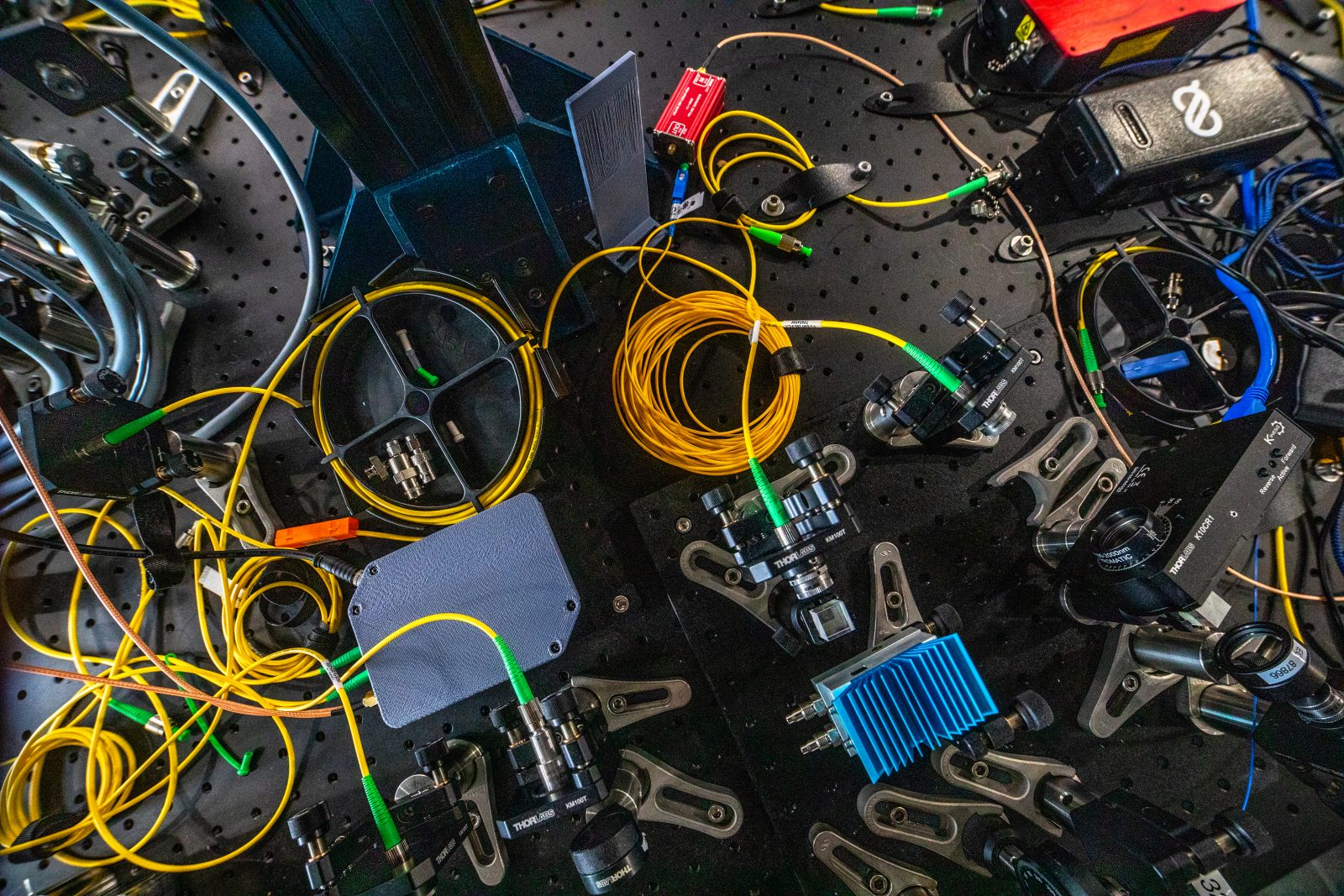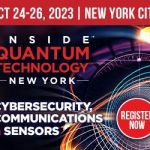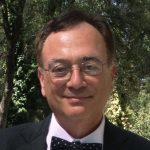Can Quantum Communications Go the Distance? Qunnect Says Yes

Last month, Qunnect announced that in collaboration with New York University, it had successfully tested a 10-mile quantum networking link from Manhattan to Brooklyn. We sat down with Qunnect CEO Noel Goddard to dive deeper into what this announcement means for quantum communications and what’s next for Qunnect.
Q: Tell us more about your work with NYU and why the test of the quantum networking link was important.
This past April, we launched GothamQ, our quantum networking testbed in New York City, to demonstrate high rate and high quality entanglement distribution through existing telecom fiber cables using Qunnect’s product suite. Working with a commercial fiber provider, we first established a 34-km loop spanning Brooklyn and Queens which connects to our network research hub in the Brooklyn Navy Yard. We then expanded the network by connecting a separate 16-km fiber path to NYU’s campus in Manhattan.
We’ve been observing record-breaking performance for entanglement distribution on the Brooklyn-Queens loop for a few months now. The test with NYU allowed us to show that we could achieve comparable performance connecting two distant locations through a combination of submarine and buried metropolitan fiber.
The products driving these results are our QU-SOURCE, which produces >10 million high quality polarization entangled qubit pairs per second and our QU-APC, a device to actively compensate for real-time fiber noise due to environmental perturbations. Our demo with NYU was the first time polarization-entangled qubits have been distributed and preserved with 96% fidelity (S-value = 2.7) and 99% network uptime, over existing telecom infrastructure. To our knowledge, no company has ever distributed quantum entanglement between two remote locations with these results.
This makes a strong case that quantum networking with polarization-entangled photons is not only achievable, but an important step to supporting future networking applications that natively use polarization qubits, like distributed quantum sensing and computing.
Q: Does the test change your product roadmap or your vision for quantum communications?
On a product level, we are very proud to be a company actually piloting our products in real environments. We gained valuable knowledge to inform design improvements while characterizing what’s needed to preserve and distribute polarization qubits over metropolitan distances.
Qunnect’s product road map has always been the development of drop-in product bundles to support entanglement distribution protocols on existing telecom fiber. With GothamQ, we are demonstrating the Metropolitan Bundle. This bundle is upwardly compatible with our Regional Product Bundle, a group of devices to support entanglement swapping, also called quantum repeating, to extend communication distances beyond the fiber transmission loss limit.
In many ways, we’re lucky to have New York City as our laboratory for tests like these. Not only do we have access to great talent, we are also located in a city that is dense with companies in financial services, communications, and critical infrastructure. This density presents its own deployment and scaling challenges – by tackling those head-on, however, we now know what it’ll take to go from two nodes to a full metropolitan quantum network in New York and beyond.
Q: What is your relationship with NYU? Is the university building a larger quantum network throughout New York City?
Similar to how the classical internet took shape, we believe that the quantum internet will require the co-evolution of hardware, protocols and infrastructure. Engineers, scientists, and researchers from academia, private-sector companies, and government will likely comprise the workforce driving this innovation. As an industry partner to NYU, we’re excited to provide opportunities to students and researchers to engage with this new technology.
I can’t speak to NYU’s plans for quantum, but Javad Shabani, director of NYU’s Center for Quantum Information Physics (CQIP), may have more to say during IQT NYC 2023.
Q: What can we expect from Qunnect for the rest of the year and into 2024?
We’re laser focused on our mission to continue to get our products into the hands of our first customers and prove the functionality of our devices in a real-world setting. Supply chain delays significantly impacted our manufacturing in 2023, and we are finally working through those challenges. By the end of the year, we will have a complete Metropolitan Product Bundle commercialized. In 2024, we will be hosting collaborative experiments with strategic partners on our GothamQ network, and our products will be installed on some of the other networks being built in the US and EU. Stay tuned for some exciting announcements next year!
Qunnect is a Diamond Day sponsor of the upcoming IQT NYC conference, October 24-26, 2023. CEO Noel Goddard will participate in the Quantum Technology Executive Roundtable on October 25, while chief science officer Mehdi Namazi will be present a keynote on October 26.
Article sponsored by Qunnect.
Photo credit: David Song/New York University



















